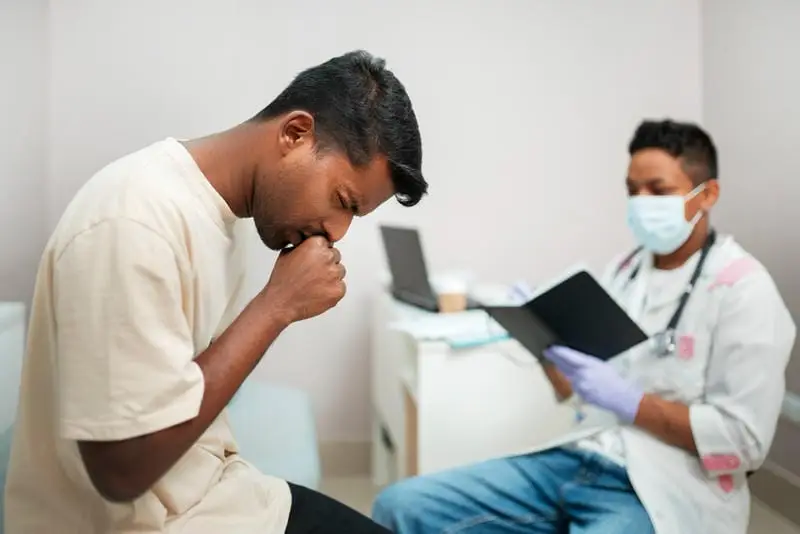- Published on: Apr 04, 2020
- 2 minute read
- By: Dr Rajan Choudhary
COVID-19 LOCKDOWN !
As the cases continue to increase worldwide more and more countries have begun to take drastic measures to prevent the spread of COVID-19. In some places it is clear containment is no longer achievable, as too many people have become infected and the natural exponential increase in number of cases is inevitable. Now the focus switches to damage mitigation.
We first saw this in Wuhan, with city wide quarantine measures. Then Italy enacted similar measures, now extending across the country with all non-essential services and businesses closed for the foreseeable future. The Italian health service has become strained with the rising patient load, with reports of drastic measures taken in hospitals including conversion of operating theatres into intensive care bays. We have previously discussed the effect this has had on the Italian economy.
A NEW EPICENTRE
With Europe now seen as the “epicentre” of the pandemic, other countries have begun following suit. Spain is the second hardest hit country in Europe, with 6,000 infections and nearly 200 deaths. After a lengthy meeting of the government cabinet, the Spanish PM has enacted a partial lockdown of the country, with the use of armed forces on standby to assist. This includes closure of all shops except those selling food and basic necessities, reduction in medium-distance rail traffic to stem the spread of people around the country, and economic measures to support business workers.
France has also shut down all non-essential businesses, with food shops, chemists, banks and petrol stations remaining unaffected. The PM urged a reduction in travel amongst the population, and to enact “social distancing”. Germany has 3,800 cases but remarkably has only had 8 deaths so far. Berlin has banned all public and private events with more than 50 participants, with similar bans occurring in other cities across the countries.
So what do they hope to achieve with such measures? At first people were advised to take measures to wash hands, practice basic hygiene, self-quarantine if developing symptoms. But it became apparent this was not enough. Social distancing and lockdowns further reduce the spread of the virus by drastically reducing the number of people out in public, the number of interactions they can have. Schools and universities act as breeding grounds for infections, large congregations amongst which respiratory infections can spread like wildfire.
SHUT DOWN EVERYTHING
Lockdown also carries great political power. People respond well to drastic action, rather than soft recommendations to slightly change their daily habit with washing hands and increased hygiene. This is why masks have been so popular amongst the populous. It is decisive, it is visible. It is however NOT recommended by the WHO and most governments to wear as it is unnecessary unless around infected patients, and increased demands is straining supply for medical professionals and those who truly need it.
Similarly, Lockdown is a decisive action. It reassures the population that something is being done, that the government is taking the IT seriously. But it is not a cure to COVID. It is a plaster, a temporary stopping measure, one that cannot continue indefinitely. Shutting businesses can seriously affect the economy, affect people’s income and subsequently prevent them from paying off mortgages or loans. Forcing children to stay at home can affect their education, parents have to choose whether to work or look after their unsupervised kids.
It’s true that lockdown is now a necessity in some countries, and the lockdown of the Hubei province and parts of China was credited with significantly slowing down the spread of COVID. But it will not stop the viral spread completely. For this reason the UK has adopted an alternate strategy, one that we will discuss in our next blog.
Dr Rajan Choudhary, London UK
Head Of Products, Second Medic Inc









